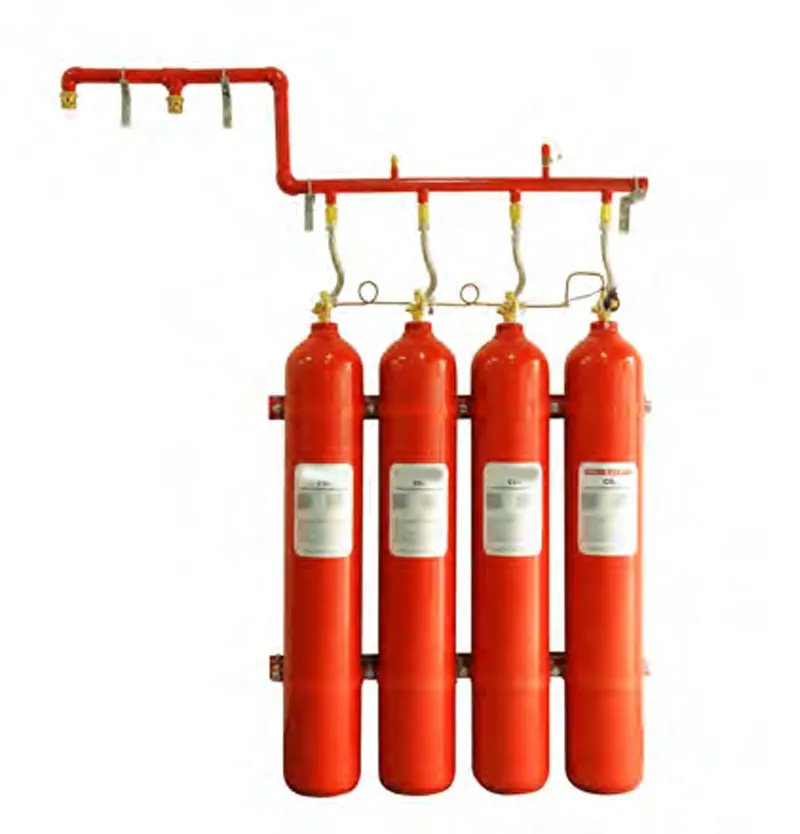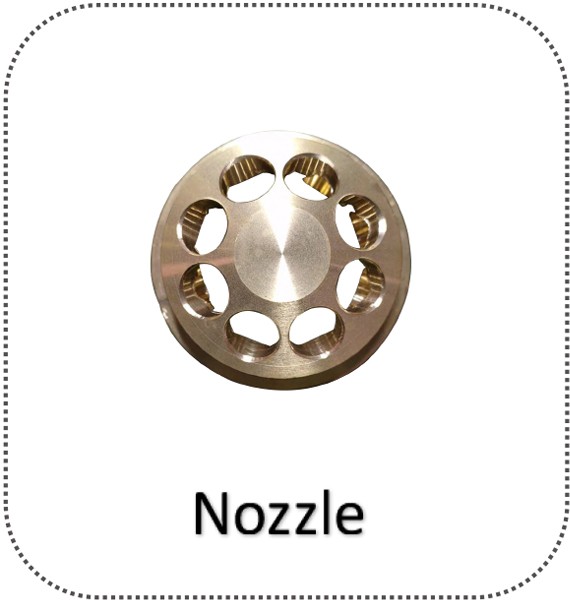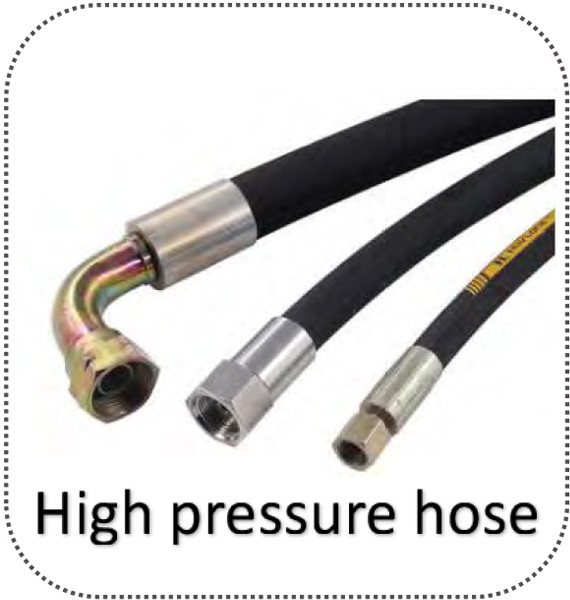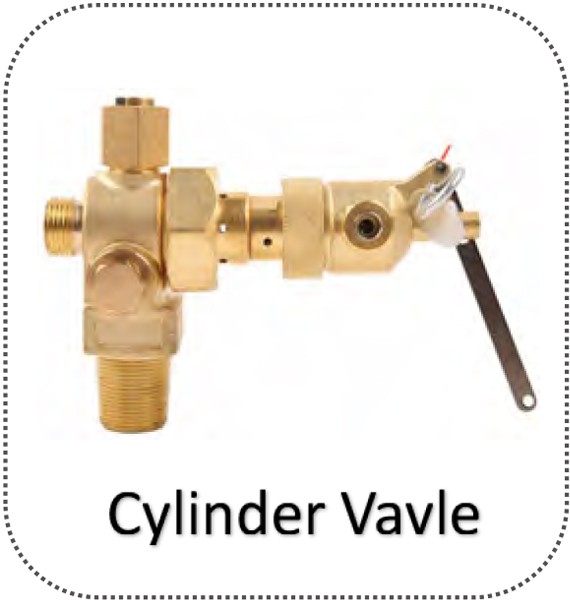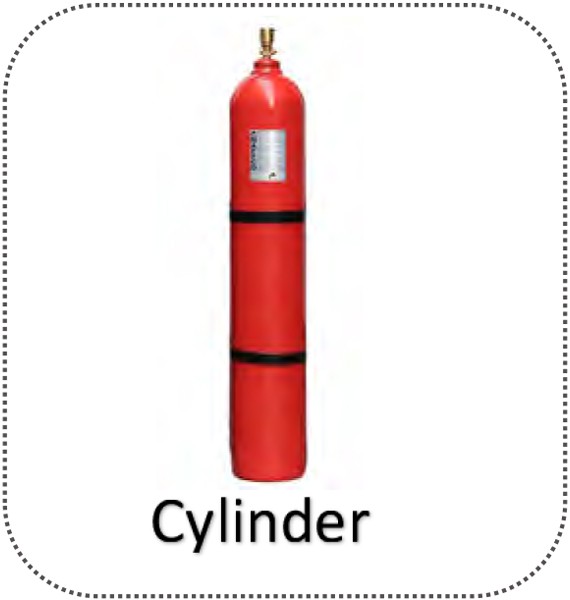CARBON DIOXIDE
FIRE EXTINGUISHING SYSTEM
WHAT IS A CARBON DIOXIDE FIRE EXTINGUISHER?
A CO2 fire suppression system, also known as a carbon dioxide fire suppression system, is an effective and widely used method for extinguishing fires. It utilizes carbon dioxide gas to displace oxygen, effectively suppressing the fire by removing one of the three elements required for combustion: oxygen.
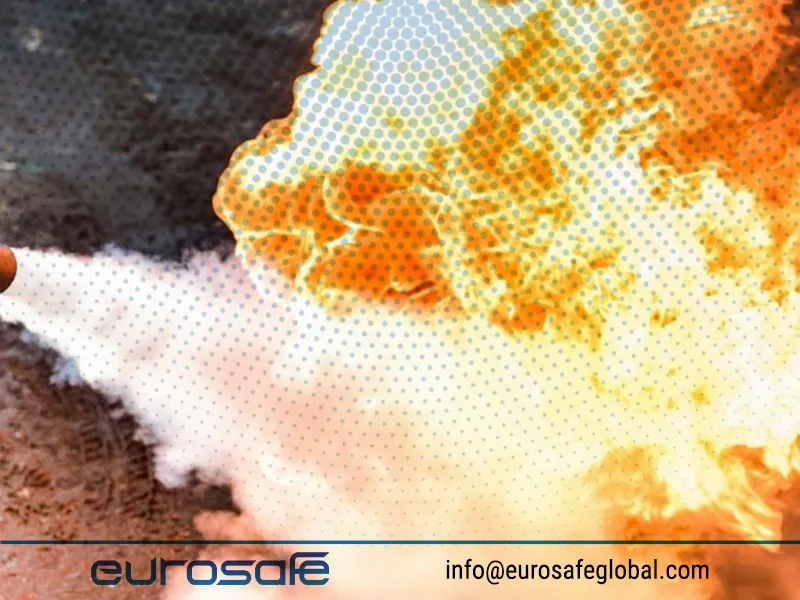
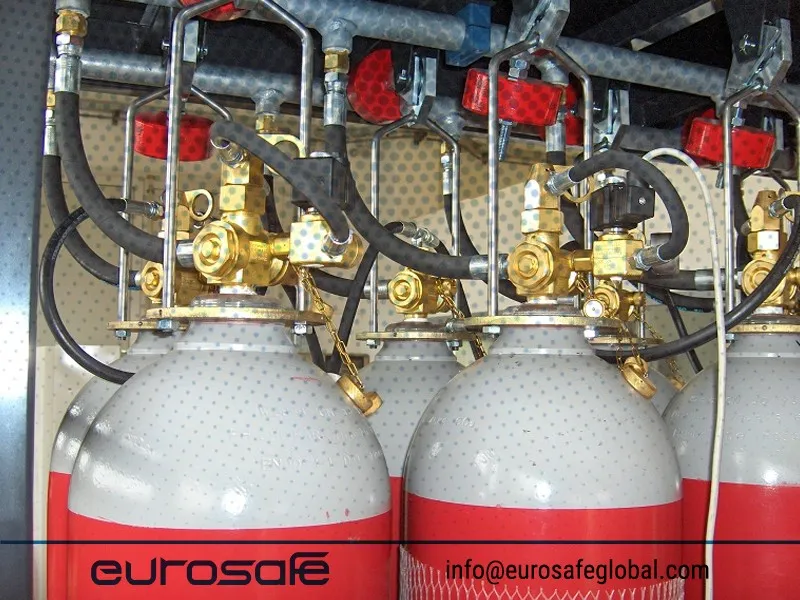
HERE'S HOW A CARBON DIOXIDE FIRE EXTINGUISHER SYSTEM TYPICALLY WORKS:
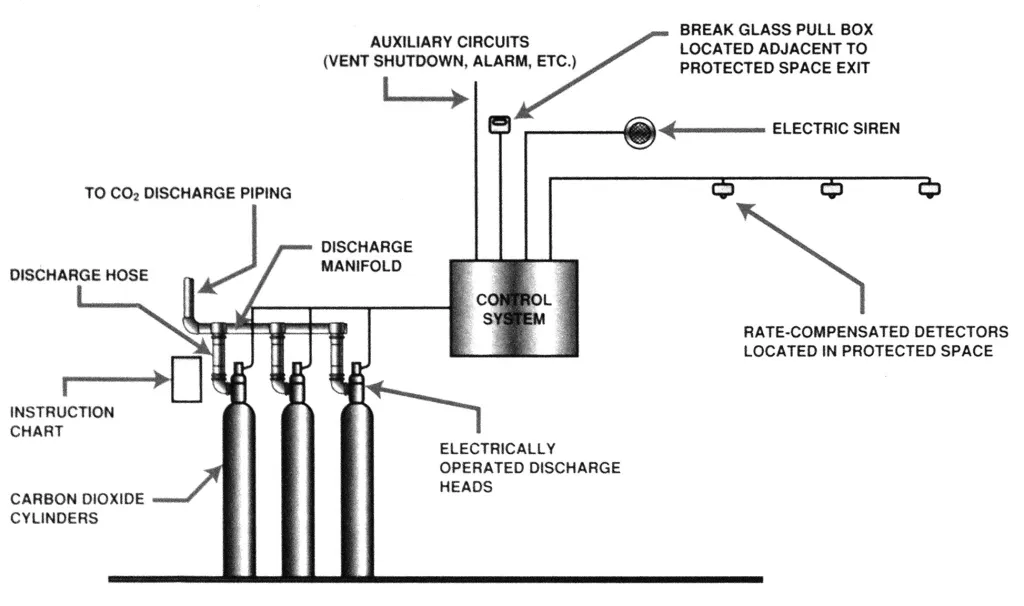
When a fire is detected, either manually or through an automated fire detection system, an alarm is triggered, alerting occupants and initiating the suppression process.
Once the alarm is activated, the CO2 suppression system is engaged. This can be done through a central control panel or automatically through integrated fire suppression systems.
Carbon dioxide, stored in high-pressure cylinders or tanks, is rapidly released into the protected area. The CO2 gas is typically pressurized to around 850 psi (pounds per square inch) or higher, allowing it to expand rapidly upon release.
As the CO2 gas is discharged, it fills the protected area, displacing the oxygen and reducing its concentration below the level necessary to support combustion. Oxygen levels may drop to around 15% or lower, which is insufficient for most fires to sustain themselves.
With the oxygen concentration reduced, the fire is starved of its oxygen source, and the flames are extinguished. CO2 is particularly effective for suppressing Class B (flammable liquids and gases) and Class C (electrical) fires.
Since carbon dioxide is an asphyxiant at high concentrations, it is crucial to evacuate the area before the CO2 is discharged. Adequate warning signs and alarms should be in place to ensure the safety of occupants.
DESIGN
SUPPLY IN LOW-PRESSURE VESSELS
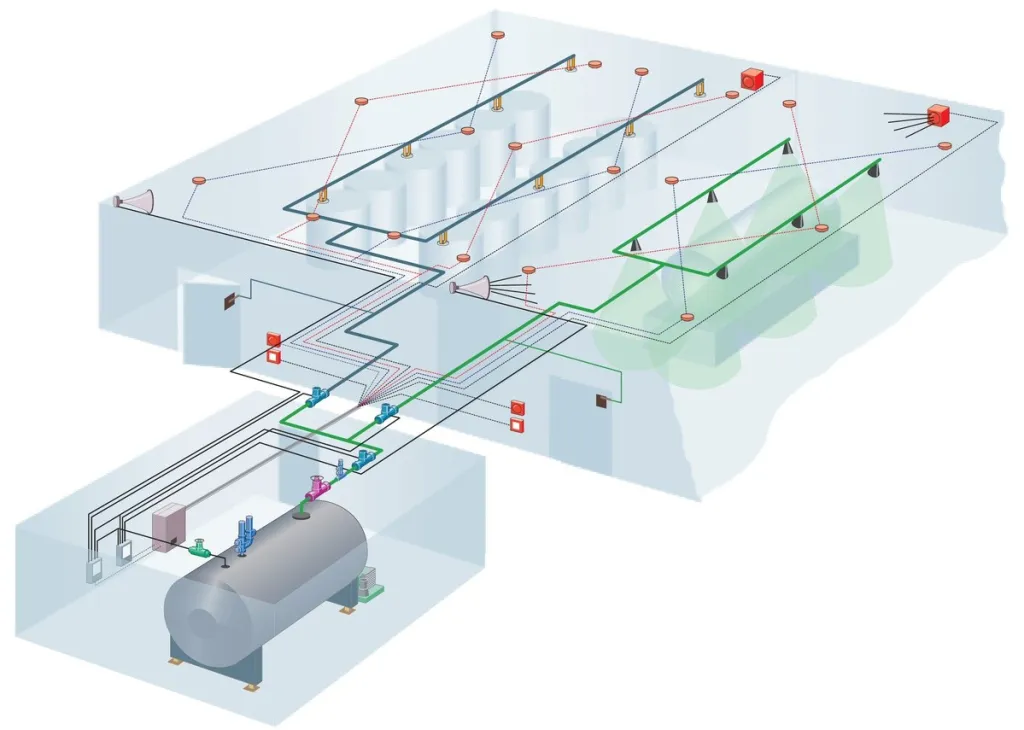
If a considerable amount of extinguishing agent is required for the overall safety concept, a low-pressure vessel is recommended especially on economic grounds. The liquefied Carbon Dioxide Fire Extinguishers is kept in the vessel at a temperature of about -20 °C and operating pressure of about 20 bar.
A cooling device maintains a constant low temperature. Through optimum insulation design, operating costs are reduced. The supply vessel is mounted on a simple electronic weighing machine, which displays the actual weight and, as a result, any potential loss of gas owing to leakage.
SUPPLY IN HIGH-PRESSURE CYLINDERS
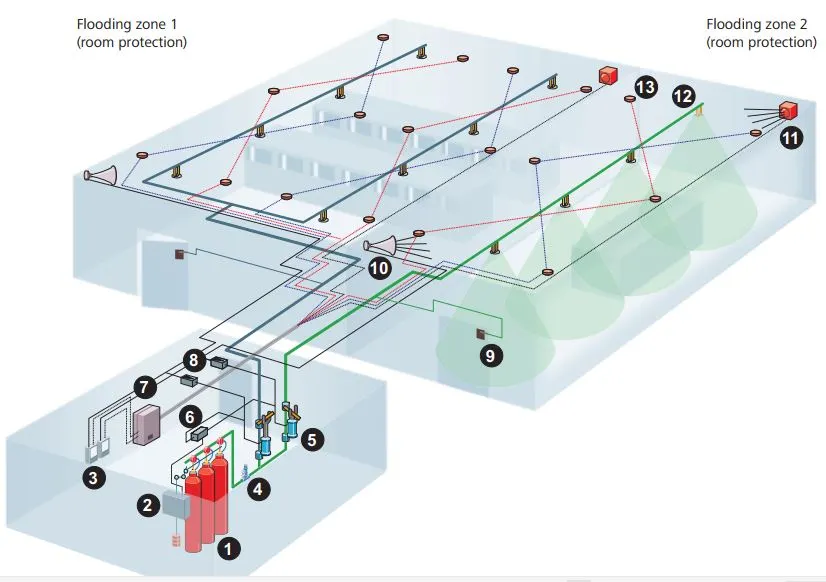
During installation, high-pressure steel cylinders are consolidated into a cylinder bank using specially designed frames and independent suspension. These frames allow for efficient space utilization, enabling surprisingly large quantities of gas to be stored in a very compact area. Whether arranged in a single row or multiple rows, the cylinder bank provides ample storage capacity.
CARBON DIOXIDE FIRE EXTINGUISHER SYSTEMS OFFER SEVERAL ADVANTAGES
Rapid Fire Suppression: Carbon Dioxide Fire Extinguisher systems provide fast-acting fire suppression, reducing the time for the fire to spread and minimizing potential damage.
Non-Damaging: Carbon Dioxide Extinguishers is a clean agent and does not leave behind residue, water, or chemicals that can cause further damage to equipment or sensitive materials.
Electrical Fire Suppression: The Carbon Dioxide Fire Extinguisher is safe to use on electrical fires since it does not conduct electricity. It effectively extinguishes the fire without the risk of electric shock.
Versatility: CO2 systems can be used in a wide range of applications, including data centers, server rooms, industrial facilities, museums, archives, and flammable liquid storage areas.
THERE ARE SOME CONSIDERATIONS WHEN USING CARBON DIOXIDE FIRE EXTINGUISHER SYSTEMS
Occupant Safety: Due to the asphyxiation risk associated with high concentrations of CO2, it is essential to ensure proper evacuation protocols are in place and that area protected by Carbon Dioxide Fire Extinguisher systems are clearly marked with warning signs.
Limited Visibility: When a Carbon Dioxide Fire Extinguisher system is discharged, the sudden release of gas can obscure visibility within the protected area. This can hinder evacuation efforts and make it difficult for firefighters to locate the source of the fire.
Inadequate for Class A Fires: Carbon Dioxide Fire Extinguisher systems are not suitable for suppressing fires involving ordinary combustible materials such as wood or paper (Class A fires). The displacement of oxygen is generally insufficient to extinguish these types of fires effectively.
CARBON DIOXIDE FIRE EXTINGUISHER SYSTEM DETAILS
Cylinder, container valve and solenoid valve, dip tube, etc.
Connect cylinder valve and liquid check valve.
Fitted at the end of pipe network to discharge fire suppressing agent.
Control panel, smoke and heat detector, fire alarm, discharge indicator light, etc.
